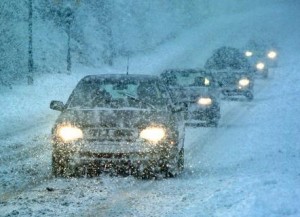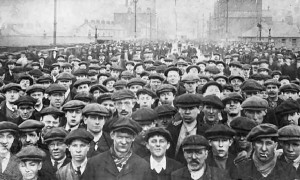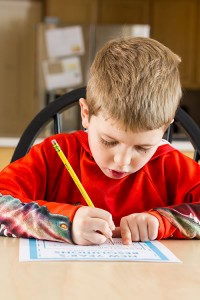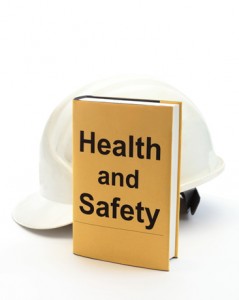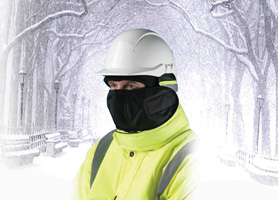 What preventive measures should I take when working in cold weather?
What preventive measures should I take when working in cold weather?
Plan for work in cold weather. Wearing appropriate clothing and being aware of how your body is reacting to the cold are important to preventing cold stress. Avoiding alcohol, certain medications and smoking can also help to minimize the risk.
Protective Clothing is the most important way to avoid cold stress. The type of fabric also makes a difference. Cotton loses its insulation value when it becomes wet. Wool, silk and most synthetics, on the other hand, retain their insulation even when wet. The following are recommendations for working in cold environments:
- Wear at least three layers of clothing. An inner layer of wool, silk or synthetic to wick moisture away from the body. A middle layer of wool or synthetic to provide insulation even when wet. An outer wind and rain protection layer that allows some ventilation to prevent overheating.
- Wear a hat or hood. Up to 40% of body heat can be lost when the head is left exposed.
- Wear insulated boots or other footwear.
- Keep a change of dry clothing available in case work clothes become wet.
- With the exception of the wicking layer do not wear tight clothing. Loose clothing allows better ventilation of heat away from the body.
- Do not underestimate the wetting effects of perspiration. Oftentimes wicking and venting of the body’s sweat and heat are more important than protecting from rain or snow.
via Emergency Preparedness and Response: Safety and Health Guides – Cold Stress.
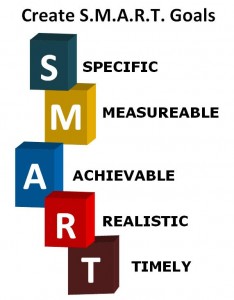 Whether you have a 50-employee company or an empire of one, your business success depends on your ability to set and achieve goals. Put your business on the fast-track by applying the principles of SMART goal setting.
Whether you have a 50-employee company or an empire of one, your business success depends on your ability to set and achieve goals. Put your business on the fast-track by applying the principles of SMART goal setting.

